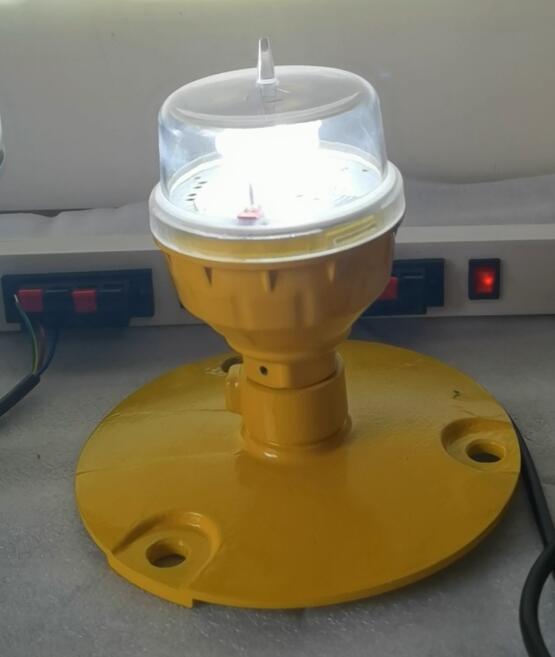Aircraft landing lights 12V play a pivotal role in ensuring safety during takeoffs, landings, and taxiing operations. These lights are designed to provide bright, reliable illumination, making them indispensable for pilots navigating in low-visibility conditions, whether during nighttime flights or adverse weather situations. The combination of compact design, energy efficiency, and high performance has made these lights a popular choice in aviation applications.
Key Features of Aircraft Landing Lights 12V
One of the standout features of aircraft landing lights 12V is their energy efficiency. Operating on a 12-volt power system, these lights are optimized for low energy consumption without compromising brightness. This is particularly advantageous for smaller aircraft, where energy efficiency is a crucial factor.
Durability is another defining characteristic. Aircraft landing lights 12V are built to withstand extreme conditions, including vibration, temperature fluctuations, and exposure to moisture. Most models are constructed using robust materials such as aviation-grade aluminum or polycarbonate, ensuring a long lifespan and minimal maintenance requirements.
The use of advanced LED technology further enhances their performance. LED aircraft landing lights 12V are known for their high lumen output and long operational life. Compared to traditional halogen or incandescent lights, LEDs consume significantly less power and generate less heat, making them a more efficient and reliable option for aviation use.

Applications in Aviation
Aircraft landing lights 12V are used across various aviation sectors. In general aviation, these lights are commonly found in light aircraft, ultralights, and helicopters. Their compact size and compatibility with 12V electrical systems make them ideal for these smaller aircraft types.
In addition to their primary function of illuminating runways and taxiways, these lights are often used as recognition or anti-collision lights. Their bright, focused beams make aircraft more visible to other pilots, enhancing overall flight safety.
Installation and Compatibility
Installing aircraft landing lights 12V is relatively straightforward, thanks to their compatibility with standard 12-volt electrical systems. Many models are designed with universal mounting brackets, making them easy to retrofit onto existing aircraft. However, it is essential to ensure that the selected lights meet aviation regulations and compatibility standards for the specific aircraft type.
Pilots and maintenance crews often prefer these lights for their simplicity and ease of installation. With minimal wiring modifications, they can be integrated seamlessly into an aircraft’s lighting system. This convenience reduces downtime and maintenance costs, making them an attractive choice for aviation professionals.
Environmental and Economic Benefits
The adoption of aircraft landing lights 12V offers significant environmental and economic advantages. By utilizing energy-efficient LED technology, these lights reduce power consumption and extend battery life, which is particularly beneficial for electrically powered aircraft. Lower energy requirements translate to reduced greenhouse gas emissions, aligning with the aviation industry’s commitment to sustainability.
From an economic perspective, the long operational life of LED lights minimizes replacement frequency, reducing both material costs and labor expenses. Over time, these savings can add up significantly, especially for fleet operators managing multiple aircraft.
Advancements in Technology
Recent advancements in lighting technology have further enhanced the capabilities of aircraft landing lights 12V. Innovations such as smart lighting systems enable pilots to adjust brightness and beam angles to suit specific operational needs. Additionally, integrated sensors can monitor light performance and provide real-time diagnostics, ensuring optimal functionality at all times.
These advancements are particularly beneficial for pilots operating in challenging environments. Whether navigating remote airstrips or landing in low-visibility conditions, modern aircraft landing lights 12V offer unparalleled performance and reliability.
Challenges and Future Prospects
While aircraft landing lights 12V offer numerous benefits, there are challenges to consider. Limited power output in some 12-volt systems may restrict their use in larger aircraft, where higher voltage lighting solutions are more common. Additionally, the upfront cost of high-quality LED lights can be a barrier for some operators.
Nevertheless, ongoing developments in lighting and power technologies are expected to address these challenges. As LEDs become more affordable and efficient, the adoption of aircraft landing lights 12V is likely to grow. Furthermore, the increasing emphasis on sustainability in aviation will continue to drive innovation in energy-efficient lighting solutions.
Aircraft landing lights 12V represent a perfect balance of efficiency, durability, and performance. They are a vital component of modern aviation, ensuring safety and visibility during critical phases of flight. With their many advantages, these lights are set to remain a cornerstone of aviation lighting, supporting the industry’s goals of enhancing safety and sustainability.